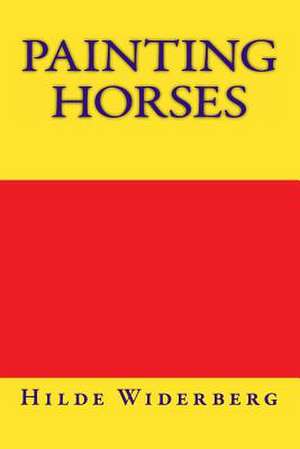Painting Horses
Autor Widerberg, MS Hildeen Limba Engleză Paperback
Preț: 106.28 lei
Nou
Puncte Express: 159
Preț estimativ în valută:
20.34€ • 22.09$ • 17.08£
20.34€ • 22.09$ • 17.08£
Carte tipărită la comandă
Livrare economică 22 aprilie-06 mai
Preluare comenzi: 021 569.72.76
Specificații
ISBN-13: 9781495283871
ISBN-10: 1495283879
Pagini: 82
Dimensiuni: 152 x 229 x 5 mm
Greutate: 0.12 kg
Editura: CreateSpace Independent Publishing Platform
ISBN-10: 1495283879
Pagini: 82
Dimensiuni: 152 x 229 x 5 mm
Greutate: 0.12 kg
Editura: CreateSpace Independent Publishing Platform
